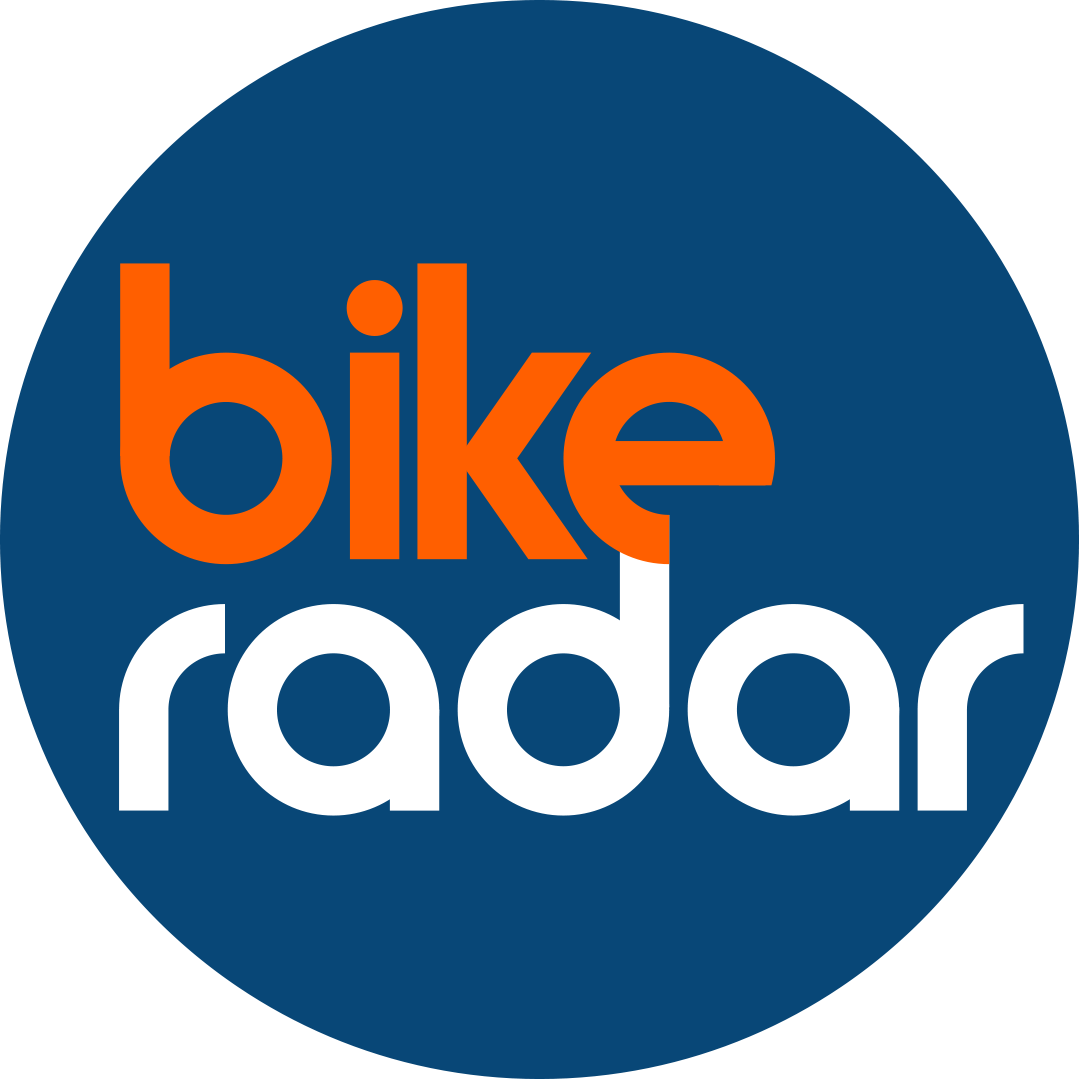A great thing about cycling is that it can get you away from the urban hustle and bustle and into quiet, traffic-free places where you can enjoy the countryside and ride in safety.
Main road traffic has increased considerably in the past few decades, but the UK’s amazing network of country lanes and back routes has been largely unaffected. If you’re confident of your map-reading, it’s easy to just take off into the countryside and explore.
For the majority of us who only dimly remember school geography lessons, there are lots of guides online and in print that list safe places to ride. Here are a few of those places.
- UK readers: can you help us get more people on bikes? Whether you’re a keen cyclist or a complete beginner, we’d love you to get involved in our Get Britain Riding campaign, in association with B’Twin. Click here to sign up!
Parks and woods
Most large city parks have cycle paths or quiet roads suitable for riding. Perhaps the most famous example is Richmond Park in south-west London, which has a 12km shared leisure path around the perimeter that’s extremely popular with cyclists.
For a less manicured riding environment try your local Forestry Commission areas. These often have bike-friendly dirt roads and trails suitable for beginners, though you’ll need a bike with fatter tyres.
Be aware that you’re riding in, in effect, a tree farm, so obey all signs telling you where to go — there are good safety reasons for them.
To make it easier for you to find somewhere to go, the Forestry Commission has a website at www. forestry.gov.uk/cycling which tells you where your nearest forest tracks can be found. There are over 2,500km of trails to enjoy in England, and more in Scotland.
Trail centres
Some Forestry Commission areas have set up special bike parks with trails built specifically for mountain biking. Many of the trails require intermediate to advanced riding skills, but most trail centres have beginner and family-friendly riding too.
The trail centre at Afan Forest Park in South Wales, for example, has spectacular tracks that weave up and down its steep hillside, but also has a charming and easy family trail along the Afan Valley.
We've listed our favourite trail centres below:
National Cycle Network
The National Cycle Network (NCN) comprises 12,600 miles of routes that use quiet country lanes, back roads and dedicated cycleways, and is a terrific resource for all sorts of recreational cyclists. Because NCN routes are selected to be low-traffic they’re particularly suitable for beginners.
The National Cycle Network is run by the charity Sustrans, whose website provides lots of information on the routes, including an online route finder, and sells printed maps of the routes.

Route websites
There are dozens of websites where cyclists share routes and that provide tools for you to plan your own. All these sites have tools to search for rides in your area and provide tools, usually based on Google Maps, to draw a route, giving you the distance and elevation changes you’re going to encounter.
Some of the most commonly used sites are Google Maps and Strava. A cycle computer is a great way to navigate routes too and you can download maps from third party sites to devices as well.
Canal towpaths
The flat tracks alongside canals look perfect for cyclists, but because of these towpaths’ historical origin, cyclists don’t have an automatic right to ride along them.
Happily, that doesn’t mean you can’t ride them. Many have been converted or designated as cycle tracks and lots are included in Sustrans' National Cycle Network routes.
The Canal & River Trust website lets you check your route to find out whether it's closed for maintenance work as well as providing information on sights that you might want to stop off and see on your route.
You don’t need a permit for towpaths, but we do recommend that you make yourself familiar with the code of conduct and check out the Trust's tips for cycling on towpaths, and of course use common sense when cycling on these shared spaces.

Stay legal: bikes and the law
The law is pretty clear about where you have a right to ride a bike and where you’re explicitly banned. Some people get a bit confused in the grey areas in between.
You have a right to ride on any public road except a motorway, and also on off-road rights of way designated as bridleways or Byways Open To All Traffic (BOATS). You’re explicitly banned from riding on a footway, which is defined as the walking path by the side of a road.
Where it gets confusing is the off-road right of way called a footpath. Only walkers have a right to use footpaths; anyone else is trespassing. That’s not quite the same as riding on footpaths being banned, but it’s as good as in most people’s eyes, especially, for the most part, the eyes of the people who own the land the path crosses. Best to play safe and stay off.


